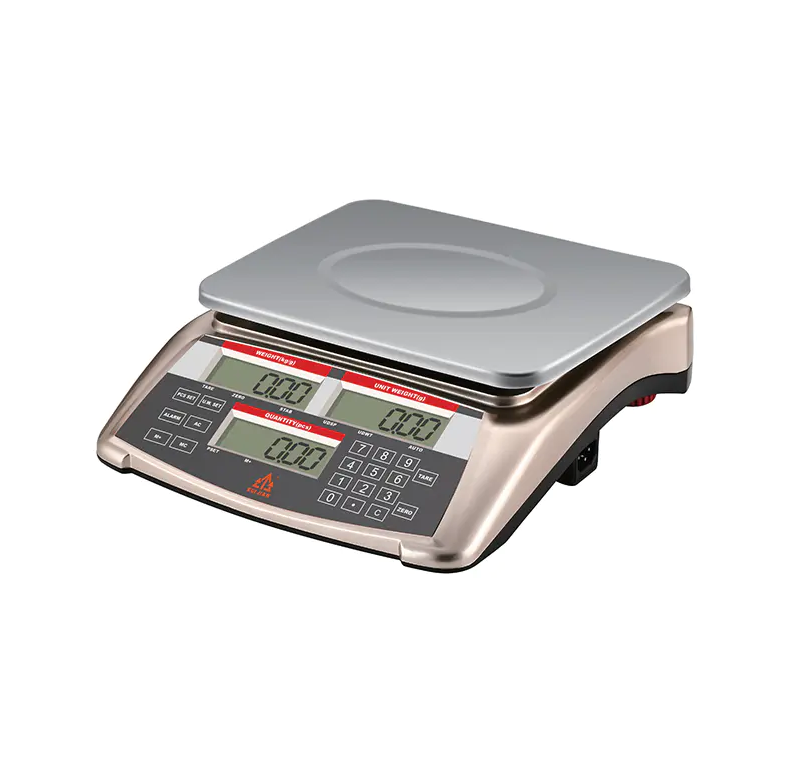Price computing scales are widely used in retail environments where goods are sold by weight, such as grocery stores, markets, and delis. These devices combine precise weighing technology with built-in computational abilities to instantly calculate the total price of a product based on its weight and a unit price. The way price computing scales achieves this seamless pricing function involves a blend of hardware components and software programming that work together to deliver accurate and efficient results.
The fundamental step in the price calculation process begins with measuring the weight of the product. This is accomplished through a highly sensitive load cell sensor embedded within the scale. When an item is placed on the weighing platform, the load cell detects the force exerted by the weight and converts this physical force into an electrical signal. This analog signal is then digitized by an internal analog-to-digital converter, producing precise numerical data representing the product’s weight.
After obtaining the weight measurement, the scale requires the unit price input. The unit price is usually entered manually by the operator using a keypad or can be selected from a programmed memory list containing common prices. In some advanced models, the price information can be input via barcode scanning or wireless communication with a central pricing database. This feature reduces human error and speeds up the transaction process.
Once both the weight and unit price are available, the scale’s microprocessor performs a simple yet essential mathematical operation—multiplying the weight by the unit price to calculate the total cost. This calculation is done almost instantaneously, and the result is displayed clearly on the scale’s screen. This immediate feedback allows both the seller and the customer to see the exact price they need to pay, promoting transparency and trust.
Many price computing scales also offer additional functions that complement the basic price calculation. For instance, tare functions enable the subtraction of container or packaging weight, ensuring customers are charged only for the product itself. Tax calculation capabilities allow the scale to automatically add applicable taxes based on pre-configured tax rates, making it easier to comply with local regulations.
The accuracy of the price computing process depends not only on the hardware but also on the quality of the software controlling the device. The embedded firmware manages data input, calculation algorithms, and error handling to guarantee consistent and reliable operation. User-friendly interfaces with clear displays and responsive controls also contribute to efficient pricing and reduced operational mistakes.
In summary, price computing scales realize their price calculation function through a combination of accurate weight sensing, user or automated price input, and rapid digital multiplication carried out by an embedded microprocessor. Enhanced features such as tare weight handling, tax addition, and integration with barcode systems further improve their utility. This integration of technologies allows price computing scales to deliver fast, precise, and user-friendly pricing solutions vital for many retail businesses.
Price Computing Scales prevent dust and insects more effectively with an external aluminum alloy bracket.
The scale lasts up to two months on a single charge with a 4V5AH large-capacity battery.
Stainless steel Key, and every key could be used up to 100,000 times.
